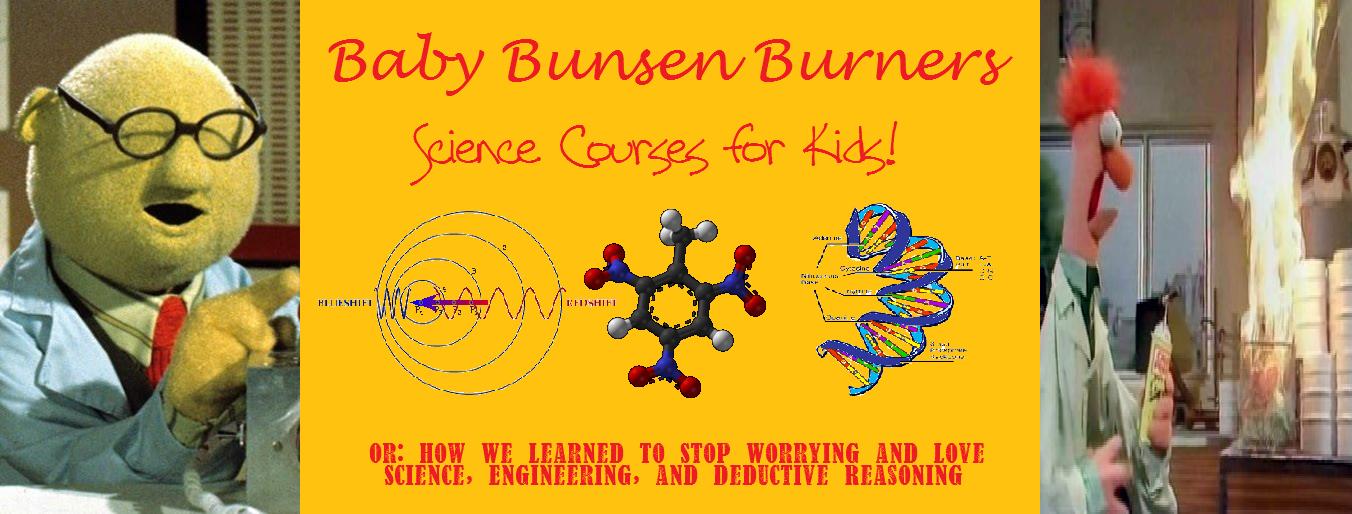I realize how ridiculous making lesson plans for some of the classes are. For the younger kids (3 of the 5 groups), the realistic lesson plans would go something like this:
1) Review Yesterday's Lesson
-"We made paper airplanes! Can we make more paper airplanes?"
-"Long and pointy planes fly farther"
-"Short and fat planes don't fly as far"
2) Get everybody to sit down again.
3)Review Yesterday's Lessons
-"I want to make a pointy one!"
-"Long and pointy planes fly farther"
4)How do propellers work?
-"They spin"
-"They push the air back and make the plane go forward"
5)Why does the balloon fly around when I release it?
-"Can I have a balloon?"
-"They push the air out of its butt"
6)Take everyone to the bathroom
7)Why does the plane move forward?
"IT PUSHES THE AIR BACK!"
8)Why does the balloon fly around?
-"IT PUSHES THE AIR OUT OF ITS BUTT!"
9)Repeat steps 8 and 7 until the end of class.
However, the older classes are simply a treat. The above material which takes the younger classes the entire hour, takes the older kids less than 10 min. I'm continually surprised by the incoming 5th grade class, who seem to know a lot of science as it is. They knew that air was a collection of particles, and even simple Ideal Gas Law relationships. I have high hopes for this class, and hope to be able to do a lot with them.
I've learned that the well known science mantra is very true:
If it's green and slimy, it's Biology.
If it smells, it's Chemistry.
If it doesn't work, it's Physics.
I tried to explain how rockets work. The combustion of the fuel heats the air, causing it to expand push the rocket (somewhat true, and somewhat untrue). In order to demonstrate that making air hotter causes it to expand, I stuck a deflated balloon on the end of a bottle. Normally, this is done with water, which is boiled, and the subsequent steam fills the balloon. But since I'm in a limited classroom space, I decided to use an empty plastic soda bottle, and a hairdryer from home. I had tried this out at home, and it worked fine. After 10 seconds or so of heating the bottle, the little balloon puffed up. However, once I got to the classroom, I ran into a problem I didn't expect. The plastic bottle started to melt, and expand, while the balloon did not. As obscenities started to fill my brain, I came up with a horrible solution: I surreptitiously squeezed the bottle, causing the balloon the puff up. Though I eventually figured out a way to do it, I feel a little guilty at fooling the little kids. But I don't think they really care. All they took away from the experience was "WE GOT TO PLAY WITH BALLOONS!!!". Which really, is fine by me.
Another lesson learned: if you give kids an instruction, like hold on to this balloon and don't let any air out, some will hold on to it so tightly that it will melt the balloon, sealing it shut. I'm constant surprised by how earnest, eager, and excited some of these kids are. Then again, I'm constantly surprised by how difficult most of them choose to make my life.
Tomorrow we will be covering Bernoulli's Principle, qualitatively. This has been done by almost every science educator in the country, and should be a lot easier. I'll post tomorrow specific demonstrations.
Thursday, June 03, 2010
Lesson Plans Day 2: Propulsion Methods
Labels:
Balloons,
Discipline,
Ideal Gas Laws,
Physics,
Rocket Balloons
Subscribe to:
Post Comments (Atom)




I surreptitiously squeezed the bottle, causing the balloon the puff up
ReplyDeleteHaha, you're so sneaky like that. I think that was pretty brilliant on-the-fly thinking. Guess all that theater training about "the show must go on" came in handy :).